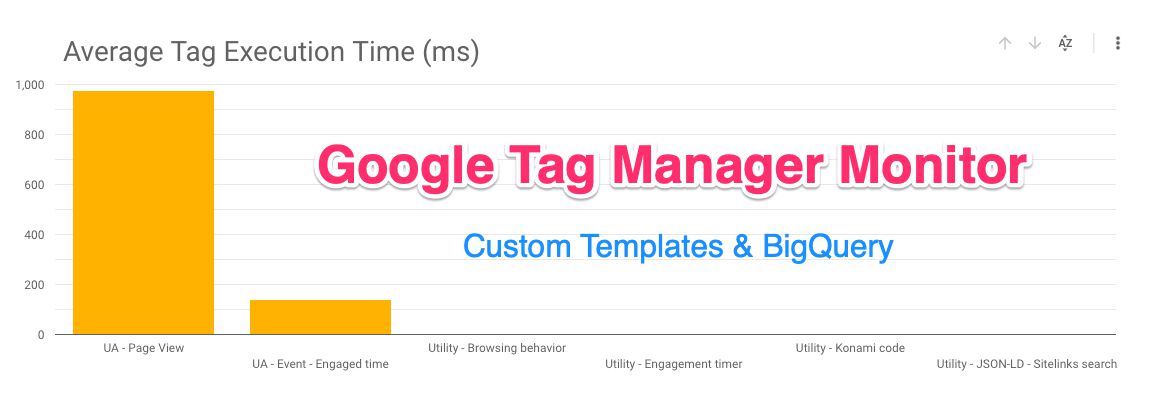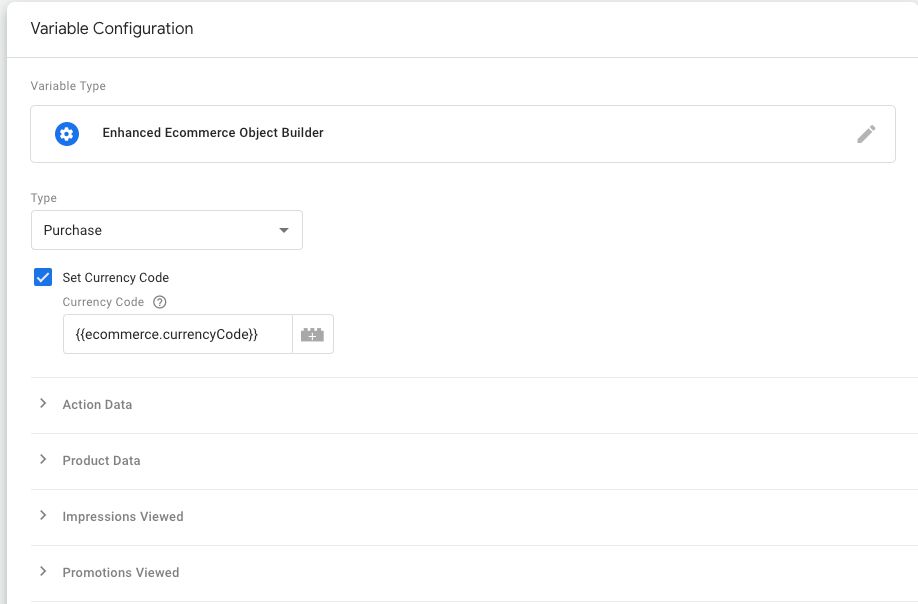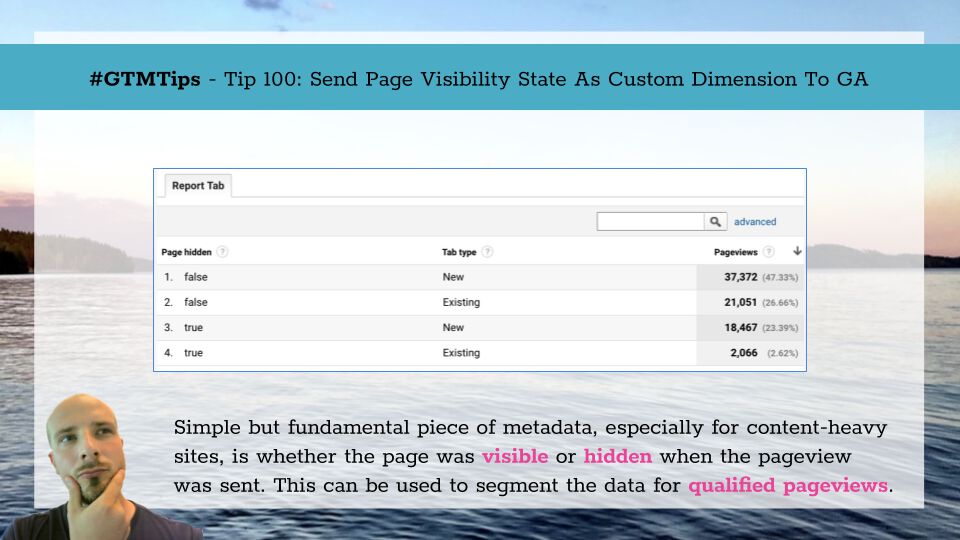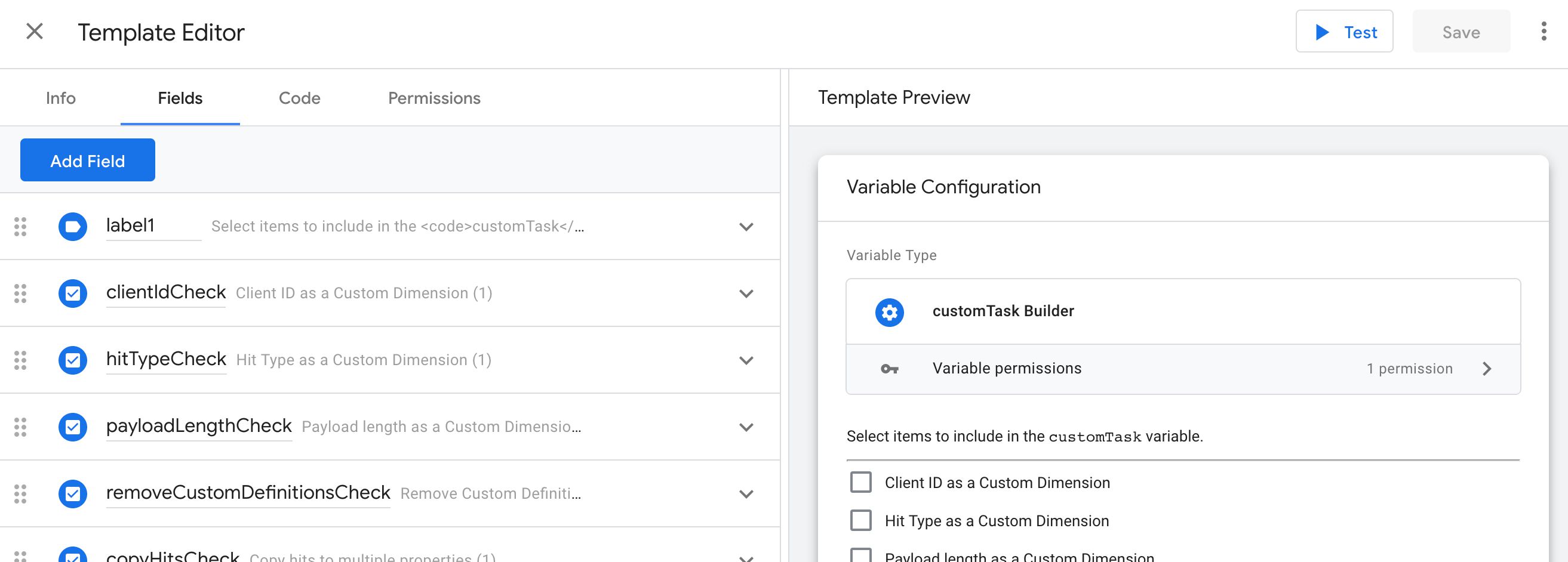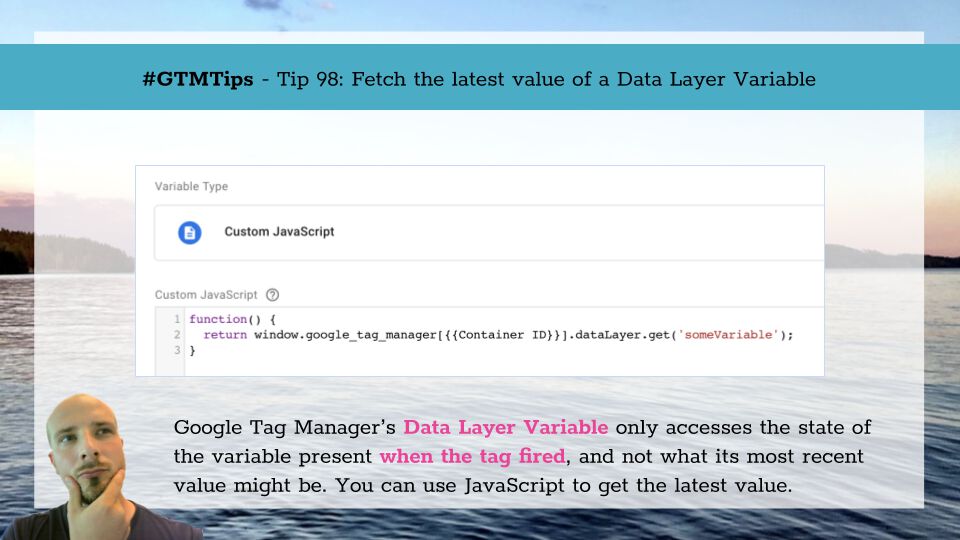Google Tag Manager is strictly a tag delivery system, and it’s very careful not to collect any analytics data on its own. This is most likely a deliberate choice, because if GTM was to start collecting data, it would introduce additional barriers to adoption.
Nevertheless, being a tool that consolidates the design, development, deployment, and testing of all the marketing and analytics pixels, code snippets, and utilities running on a website or a mobile app, lacking the necessary features for auditing and monitoring has always seemed like an oversight.
